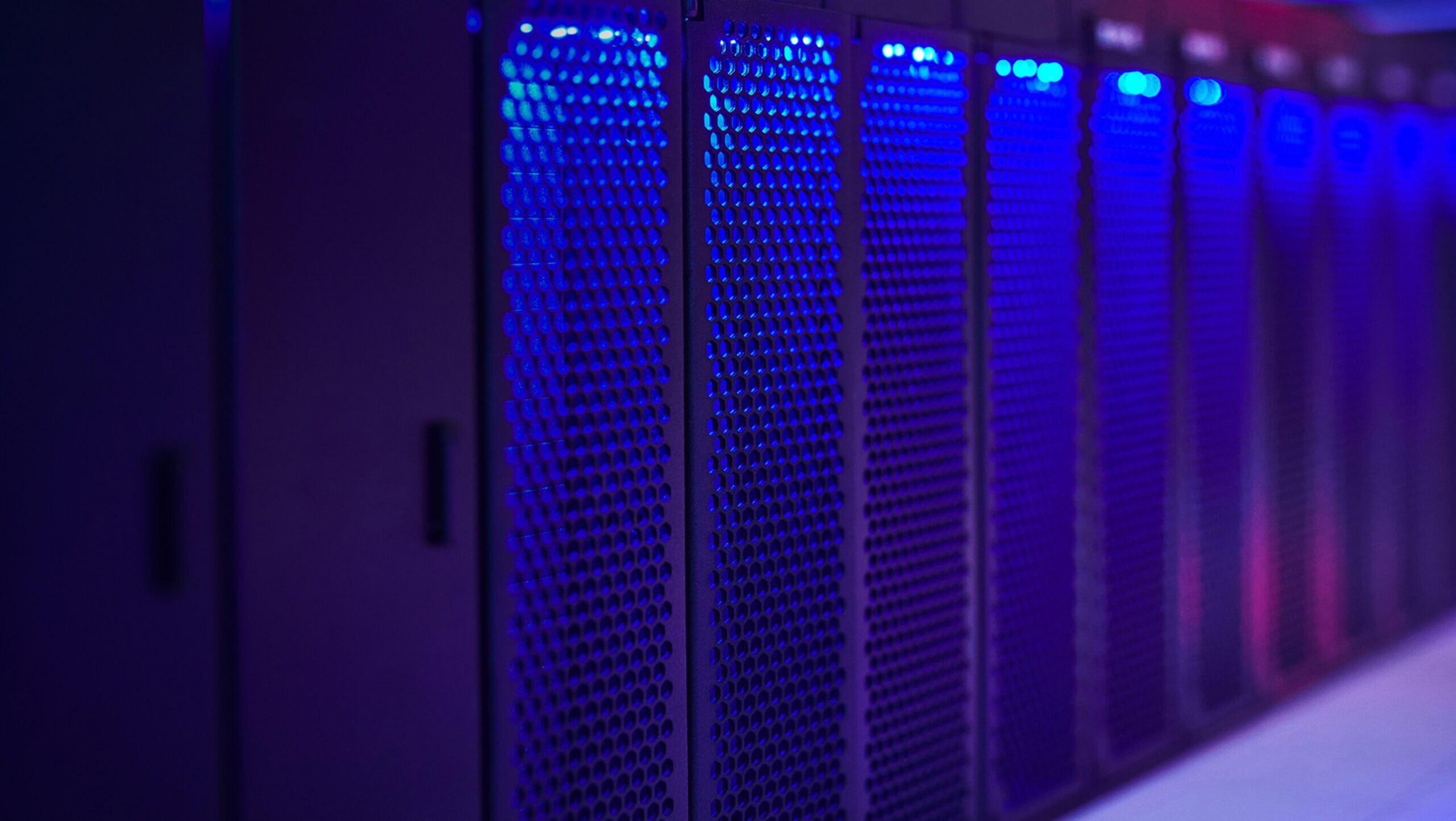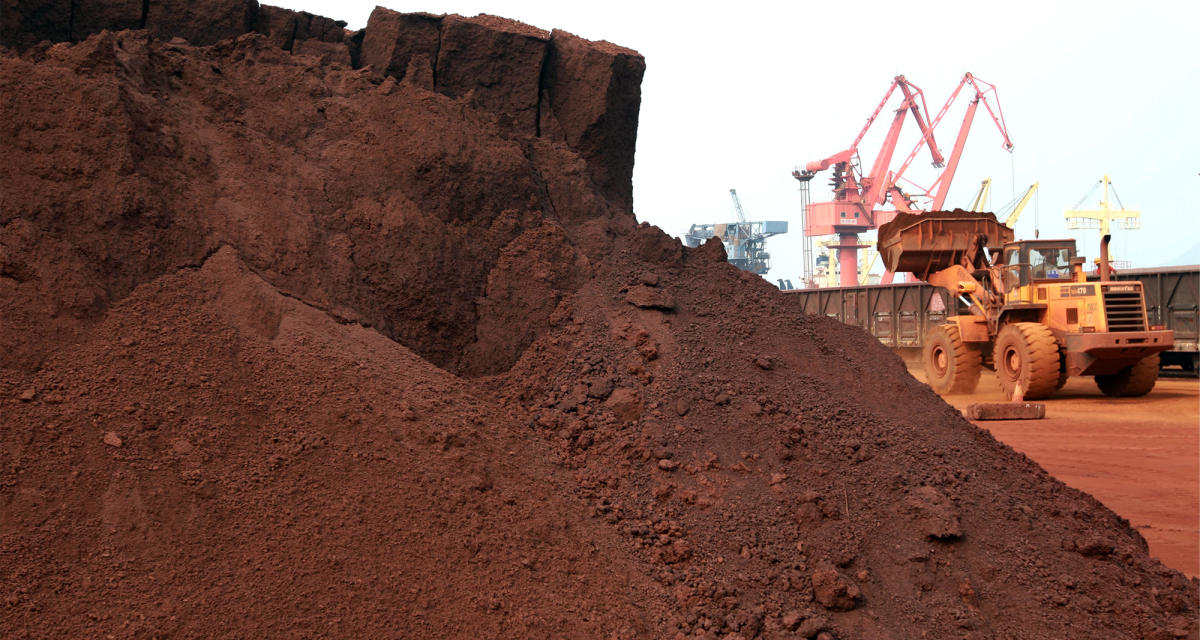News highlights:
- Strategic partnership aligns Arm’s leadership in power-efficient compute with Meta’s innovation in infrastructure, AI products and open technologies, to enable richer, more accessible AI experiences for billions of people worldwide
- Meta’s foundational AI software technologies – including PyTorch – now optimized for Arm, including PyTorch’s Executorch runtime using Arm KleidiAI to maximize performance-per-watt for Meta and the global open source community
Arm and Meta have announced a strategic partnership to scale AI efficiency across every layer of compute – spanning AI software and data center infrastructure – to enable richer user experiences to billions of people worldwide. From milliwatt-scale devices powering on-device intelligence to megawatt-scale systems training the world’s most advanced AI models, the collaboration will enable AI across multiple types of compute, workload, and experiences that power Meta’s global platforms.
The multi-year partnership builds on the ongoing hardware and software co-design efforts between the two companies, combining Arm’s leadership in power-efficient AI compute with Meta’s innovation in AI-driven products, infrastructure, and open technologies to achieve significant performance and efficiency gains.
“From the experiences on our platforms to the devices we build, AI is transforming how people connect and create. Partnering with Arm enables us to efficiently scale that innovation to the more than 3 billion people who use Meta’s apps and technologies.” Santosh Janardhan, Head of Infrastructure, Meta
“AI’s next era will be defined by delivering efficiency at scale. Partnering with Meta, we’re uniting Arm’s performance-per-watt leadership with Meta’s AI innovation to bring smarter, more efficient intelligence everywhere — from milliwatts to megawatts.” Rene Haas, CEO, Arm
Scaling AI in the Cloud
Meta’s AI ranking and recommendation systems – which power discovery and personalization across Meta’s family of apps, including Facebook and Instagram – will leverage Arm’s Neoverse-based data center platforms to deliver higher performance and lower power consumption compared to x86 systems. Across its infrastructure, Arm Neoverse will also allow Meta to achieve performance-per-watt parity – underscoring the efficiency and scalability of Arm compute at hyperscale.
The companies worked closely to optimize Meta’s AI infrastructure software stack – from compilers and libraries to major AI frameworks – for Arm architectures. This includes the joint tuning of open source components, such as Facebook GEneral Matrix Multiplication (FBGEMM) and PyTorch, exploiting Arm’s vector extensions and performance libraries, producing measurable gains in inference efficiency and throughput. These optimizations are being contributed back to the open source community, to broaden their impact across the global AI ecosystem.
Accelerating AI Software from Cloud to Edge
The partnership also deepens the collaboration on AI software optimizations across the PyTorch machine learning framework, the ExecuTorch edge-inference runtime engine, and the vLLM datacenter-inference engine, and looks to further improve on the foundation of Executorch now optimized with Arm KleidiAI, improving efficiency on billions of devices. Jointly, the collaboration will accelerate the ease of model deployment and increase performance of AI applications from edge to cloud.
These open source technology projects are central to Meta’s AI strategy – enabling the development and deployment of everything from recommendations to conversational intelligence. Both companies intend to continue extending future optimizations to these open source projects, enabling millions of developers worldwide to build and deploy efficient AI everywhere on Arm.
Driving the Future of AI Everywhere, Together
From megawatt-scale data centers to foundational AI software, the Arm — Meta partnership is a full-stack collaboration scaling AI across every layer of compute — delivering the next era of intelligent, efficient, and connected experiences to billions worldwide.
Any re-use permitted for informational and non-commercial or personal use only.
Media Contacts
Erica Rodriguez Pompen
VP, External Communications
Erica.RodriguezPompen@arm.com
+1 415 960-5689







